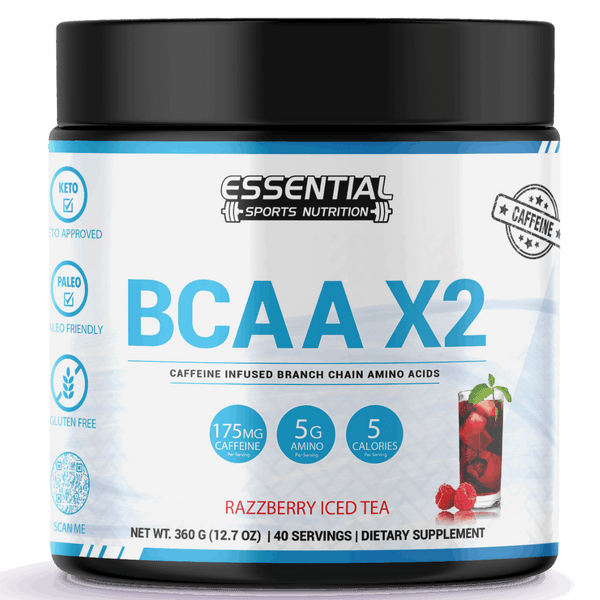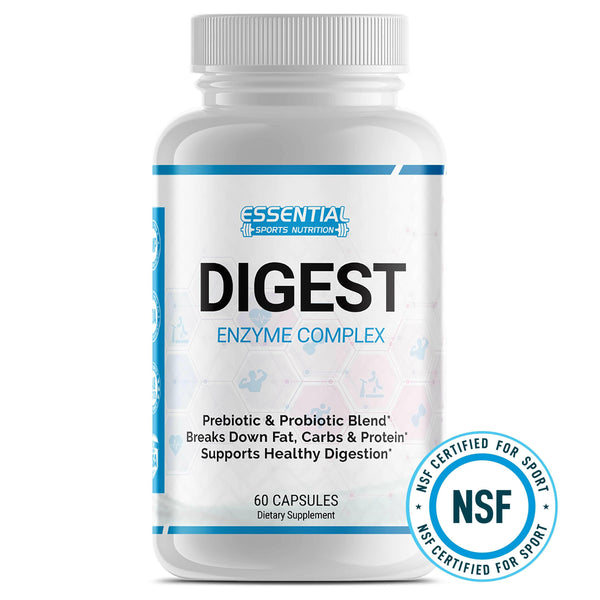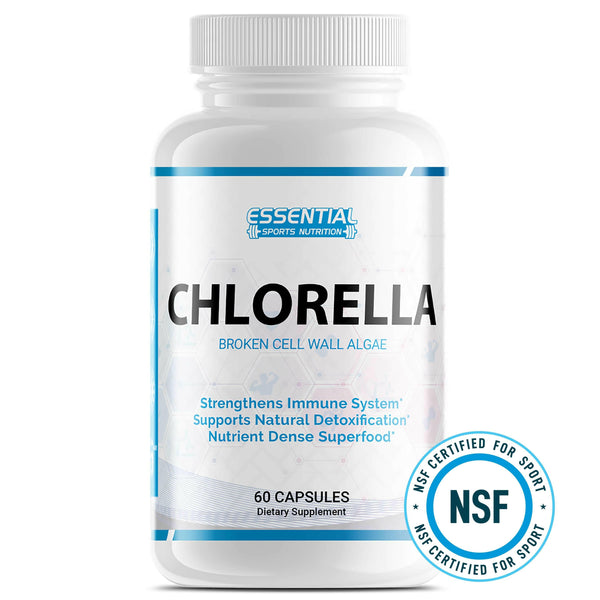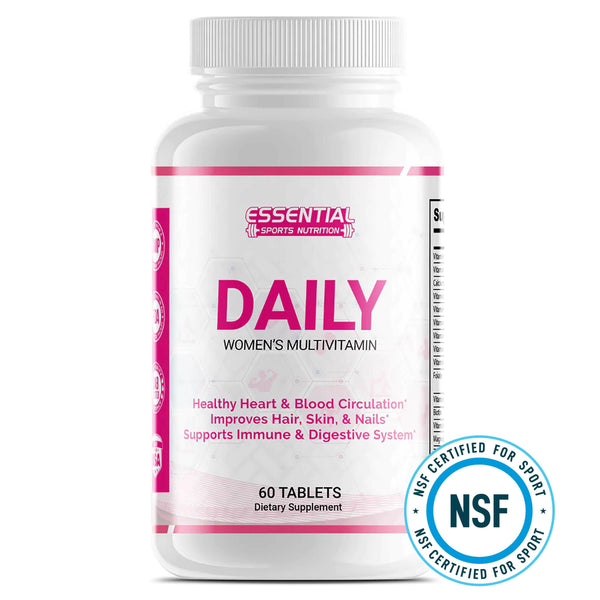Incline Dumbbell Press: Proper Form, Benefits, and Variations
Improve your upper chest, deltoids, and triceps with incline dumbbell presses. Stabilize your upper body to target muscles effectively. Keep wrists straight and lower weights under control. Fully extend arms and maintain a 30-45 degree bench angle. Benefits include chest muscle growth and balance correction. Variations like a barbell and single-arm presses target different muscles. Avoid mistakes like arching your back or using a narrow grip. Pay attention to wrist alignment for injury prevention. Enhance your workout and achieve strength gains. Master this exercise for a well-rounded upper body routine.

Key Takeaways
- Incline dumbbell press targets upper chest and engages deltoids for balanced muscle development.
- Proper form includes shoulder blade retraction, wrist alignment, and controlled movements for safety.
- Benefits include upper chest muscle growth, correction of imbalances, and enhanced strength.
- Variations like barbell press and single-arm press offer diverse challenges for muscle gains.
- Avoid mistakes like excessive arching, narrow grips, and bouncing weights for injury prevention and effectiveness.
Muscles Targeted During Incline Dumbbell Press
The incline dumbbell press primarily targets the upper chest muscles, particularly emphasizing the clavicular head of the pectoralis major. By adjusting the bench to an incline angle of around 30-45 degrees, you shift the focus from the lower chest to the upper chest and shoulders. During this exercise, your upper chest muscles are engaged, and your anterior deltoids and triceps come into play to assist in the pressing movement. This dynamic movement helps develop strength, muscle balance, and stability in your upper body.
Focusing on the pectoralis major's clavicular head helps create a well-rounded chest development. The incline dumbbell press efficiently targets this area, ensuring you achieve a balanced and proportionate upper body strength. Incorporating this exercise into your routine can improve your chest and shoulder muscles, enhancing your overall upper body strength and aesthetics.
Proper Form, and Technique Tips

To guarantee proper execution of the incline dumbbell press, maintain a bench angle of 30-45 degrees for ideal muscle engagement. When performing this exercise, make sure you follow these key form and technique tips:
- Retract shoulder blades and stabilize upper body: Before starting the press, retract your shoulder blades to provide a stable base for the movement and prevent unnecessary strain on the shoulders.
- Keep wrists straight: Maintain a neutral wrist position throughout the exercise to distribute the load evenly across the chest muscles and avoid wrist discomfort or injury.
- Lower dumbbells with control: Focus on lowering the dumbbells in a slow and controlled manner to maximize chest engagement and prevent momentum from taking over.
- Fully extend arms during the press: At the top of the movement, fully extend your arms to ensure effective activation of the upper chest muscles and get the most out of each repetition.
Variations to Enhance Your Workout
Enhance your workout routine by exploring various incline bench press variations that target different muscle groups and provide unique challenges for increased effectiveness and strength gains. Here are some variations to explore:
- Barbell Incline Press: This variation effectively targets the upper chest and shoulders, offering a different muscle engagement compared to traditional dumbbell presses.
- Kettlebell Incline Press: By using kettlebells, you can challenge your stability and grip strength, adding a unique twist to your incline press workout.
- Single Arm Incline Press: This variation engages your core and addresses any muscular imbalances between your arms, ensuring a well-rounded workout experience.
- Varying Incline Angles: Experiment with incline angles such as 30°, 45°, and around 60° to provide diverse muscle challenges and benefits, ultimately leading to increased muscle activation and overall workout effectiveness.
Benefits of Incline Dumbbell Press
Engaging in incline dumbbell presses can effectively target and develop the upper chest muscles, offering a valuable addition to your chest workout routine. By focusing on the clavicular head of the pectoralis major, this exercise helps build the upper chest area, contributing to a well-rounded chest development. Additionally, incline dumbbell presses play an essential role in correcting muscular imbalances by engaging the upper chest and shoulders, which are often underdeveloped compared to the lower chest.
Not only does this exercise enhance your chest development, but it also provides a safer alternative to barbell bench presses. The inclined position reduces strain on the shoulders, making it a suitable option for individuals with shoulder issues or those looking to prevent injuries. Including incline dumbbell presses in your workout routine adds variety to your chest day, ensuring that you target different muscle fibers and achieve thorough chest muscle growth. Embrace the benefits of incline dumbbell presses to elevate your chest workout routine and achieve a well-defined upper chest.
Common Mistakes to Avoid
When performing the incline bench press exercises, it is important to avoid common mistakes for maximum muscle engagement and injury prevention. One common mistake to steer clear of is arching your back excessively. This can lead to strain and hinder the recruitment of the correct muscles. Instead, maintain a natural back arch without overextending to optimize muscle engagement and prevent injury.
Another pitfall to watch out for is using a grip that is too narrow. To effectively target the upper chest, focus on a wider grip during the incline press. This adjustment can help maximize results and ensure that the right muscles are being worked. Additionally, it is important to control your movements throughout the exercise. Avoid bouncing the dumbbells off your chest by lowering the weight used, as this can compromise your form and hinder proper muscle activation.
Lastly, pay close attention to wrist alignment and elbow position. Proper alignment is essential to prevent strain and ensure a safe and effective incline dumbbell press workout.
Conclusion

To sum up, incline dumbbell press is a fantastic exercise for targeting the upper chest, shoulders, and triceps. You can maximize the benefits of this compound movement by maintaining proper form and technique. Remember to incorporate variations to keep your workouts challenging and effective. Avoid common mistakes to prevent injury and guarantee excellent results. So, next time you hit the gym, don't forget to include incline dumbbell press in your routine for a stronger and more sculpted upper body.
Benefits of the Incline Dumbbell Bench Press and Variations FAQs
Q: What are the benefits of incline dumbbell press?
A: When performing incline dumbbell press, you effectively target your upper chest and shoulders. This helps in muscle growth and strength development. The exercise engages both sides independently, correcting imbalances and enhancing muscle activation.
Q: How do I perform the incline dumbbell press with proper form?
A: To perform the incline dumbbell press with proper form, lie back on an incline bench, hold dumbbells above chest level, lower them to chest level, and press back up, focusing on contracting your chest muscles.
Q: What are some variations of the incline dumbbell press?
A: Variations of the incline dumbbell press include adjusting the bench angle, using different grip positions, incorporating pauses at the bottom of the movement, or performing a single-arm incline press.
Q: Which muscles are worked by the incline dumbbell press?
A: The incline dumbbell press primarily works the upper pecs, deltoids, and triceps, helping to develop a well-rounded chest and shoulder muscles.
Q: What are some common mistakes to avoid when performing the incline dumbbell press?
A: Common mistakes to avoid include using momentum to lift the weights, arching your back excessively, neglecting a full range of motion, and using weights that are too heavy.
Q: Why is the incline dumbbell press considered an effective chest press variation?
A: The incline dumbbell press targets the upper chest and shoulders more than flat bench press, providing a different stimulus to the muscles and helping to improve muscle symmetry and strength.
Q: Are there alternatives to the incline dumbbell press for chest development?
A: Yes, alternatives to the incline dumbbell press include the incline barbell bench press, dumbbell incline chest press, incline machine press, and shoulder press, each targeting the upper chest and shoulders in different ways.
Q: What Is the Correct Form for Incline Dumbbells?
A: When performing incline dumbbell presses, make sure your bench angle is between 30-45 degrees for excellent upper chest engagement. Keep your shoulder blades retracted, maintain stability, and avoid wrist strain by keeping them straight.
Q: What Is the Best Form for Incline Chest Press?
A: To perform the best form for incline chest press, focus on maintaining a bench angle of 30-45 degrees, retracting shoulder blades, stabilizing your upper body, keeping wrists straight, lowering dumbbells with control, and engaging core muscles for peak results.
Q: What Is the Best Position for Incline Dumbbell Press?
A: For the best position in incline dumbbell press, aim for a bench angle between 30-45 degrees. This targets your upper chest effectively. Adjusting angles can customize muscle engagement. A 60-degree angle challenges the mid-upper chest. Ideal positioning is crucial for ideal muscle activation.




























